Historical artifactsserve as tangible connections to the past, helping us understand and preserve the memory of civilizations. These objects can tell us stories about how people lived, what they valued, and how societies evolved over time.The good thing is that you don’t even need to go to museums to enjoy this anthropological journey.Thanks to the Facebook group ‘Ancient Marvels Of Mankind,’ you can do it from your device! Members of this online community are constantly sharing pictures of the best finds from across the globe.This post may includeaffiliate links.RELATED:Archaeologists excavate areas in which ancient cultures lived and use the artifacts found there to learn about the past because many ancient cultures did not have a written language or did not actively record their history, so these finds sometimes provide the only clues about a particular group or site.For example, artifactshave providedessential information about life in ancient Egypt. There, people believed in an afterlife and buried the dead with things they would need after they left their bodies behind.As a result, the tombs of ancient Egypt provide a wealth of artifacts that give insight into the culture.The tomb of King Tut is perhaps the most famous. In 1922, British archaeologist Howard Carter came upon the tomb of the Egyptian Pharaoh Tutankhamun, more commonly known as King Tut.His tomb had been undisturbed since he was buried around 1323 B.C.E. Murals on the wall of the tomb told of King Tut’s funeral and journey to the afterworld. The tomb also included more than 5,000 artifacts, including perfumes and oils, jewelry, statues, and toys from Tut’s childhood.Carter led a team of archaeologists in cataloging the items from King Tut’s tomb. This took them over a decade, but the artifacts continue to help historians better understand life in Egypt.Even though specialists have a good grasp of what most historical objects were created for, every now and then they unearth a few exceptions.Take theneolithic stone ballsfor example. They were found predominantly in Scotland and date back to the later Neolithic period (circa BC 3,200-2,500).So far, more than 425 of these balls have been discovered. They are generally the size of a cricket ball and made from a wide variety of stones. Their surfaces are sculpted, sometimes into raised circular discs and sometimes with deep incisions defining knobs and lobes in high relief. Decoration takes the form of spirals or concentric shapes, echoing those found in pottery and monumental stones of the era.Some have been found in burials, others in settlements, and they are rarely, if ever, identical. Most are also found alone, so don’t seem to have been part of a set. Some appear to have been heavily handled during their lifetime.The original use of these stone balls has been a source of much debate, right back to their earliest discovery in the 19th century. It doesn’t help that many were chance finds or circulated with little provenance in art collections and have rarely showed up in an archaeological context.“Were these stones missiles for deterring predators and pests?“asksNatasha Harlow, an honorary research fellow at the Department of Classics and Archaeology, University of Nottingham. “Weapons of war? Toys? Or perhaps measuring weights, household ornaments, mnemonic devices, and ball bearings to move megaliths or holders for yarn? The answer still escapes us.“Another mysterious example is the bronze age “lock-rings.” The period was a time of exceptional craftsmanship, and highly decorative personal ornaments were made from gold sheets and wire.These small penannular (open) ringsdate from the late bronze age (circa BC 1,000-800) and are found in Ireland, Britain, and parts of France.They are frequently unearthed in matching pairs and can be plain or have delicate, geometric engravings.“Recent interpretations have suggested they could have been nose rings, earrings, or hair ornaments,” Harlow explains. But, “none of these explanations is terribly satisfactory, as various elements of their design would make the rings difficult or uncomfortable to wear.What we lack is context – likethe recent discoveriesat Boncuklu Tarla, in Turkey, of burials with facial jewelry found close to skulls.Not to mention looting — some people dig up artifacts from sites and they end up in private collections before they are able to be excavated and analyzed using formal scientific principles.Hopefully, we’ll grow more aware of the need to protect our history, and we’ll see more cool discoveries on ‘Ancient Marvels Of Mankind.‘See Also on Bored PandaContinue reading with Bored Panda PremiumUnlimited contentAd-free browsingDark modeSubscribe nowAlready a subscriber?Sign InSee Also on Bored PandaSee Also on Bored PandaSee Also on Bored PandaSee Also on Bored PandaSee Also on Bored PandaModal closeAdd New ImageModal closeAdd Your Photo To This ListPlease use high-res photos without watermarksOoops! Your image is too large, maximum file size is 8 MB.Not your original work?Add sourcePublish
Historical artifactsserve as tangible connections to the past, helping us understand and preserve the memory of civilizations. These objects can tell us stories about how people lived, what they valued, and how societies evolved over time.The good thing is that you don’t even need to go to museums to enjoy this anthropological journey.Thanks to the Facebook group ‘Ancient Marvels Of Mankind,’ you can do it from your device! Members of this online community are constantly sharing pictures of the best finds from across the globe.This post may includeaffiliate links.
Historical artifactsserve as tangible connections to the past, helping us understand and preserve the memory of civilizations. These objects can tell us stories about how people lived, what they valued, and how societies evolved over time.
The good thing is that you don’t even need to go to museums to enjoy this anthropological journey.
Thanks to the Facebook group ‘Ancient Marvels Of Mankind,’ you can do it from your device! Members of this online community are constantly sharing pictures of the best finds from across the globe.
This post may includeaffiliate links.
RELATED:Archaeologists excavate areas in which ancient cultures lived and use the artifacts found there to learn about the past because many ancient cultures did not have a written language or did not actively record their history, so these finds sometimes provide the only clues about a particular group or site.For example, artifactshave providedessential information about life in ancient Egypt. There, people believed in an afterlife and buried the dead with things they would need after they left their bodies behind.As a result, the tombs of ancient Egypt provide a wealth of artifacts that give insight into the culture.The tomb of King Tut is perhaps the most famous. In 1922, British archaeologist Howard Carter came upon the tomb of the Egyptian Pharaoh Tutankhamun, more commonly known as King Tut.His tomb had been undisturbed since he was buried around 1323 B.C.E. Murals on the wall of the tomb told of King Tut’s funeral and journey to the afterworld. The tomb also included more than 5,000 artifacts, including perfumes and oils, jewelry, statues, and toys from Tut’s childhood.Carter led a team of archaeologists in cataloging the items from King Tut’s tomb. This took them over a decade, but the artifacts continue to help historians better understand life in Egypt.Even though specialists have a good grasp of what most historical objects were created for, every now and then they unearth a few exceptions.Take theneolithic stone ballsfor example. They were found predominantly in Scotland and date back to the later Neolithic period (circa BC 3,200-2,500).So far, more than 425 of these balls have been discovered. They are generally the size of a cricket ball and made from a wide variety of stones. Their surfaces are sculpted, sometimes into raised circular discs and sometimes with deep incisions defining knobs and lobes in high relief. Decoration takes the form of spirals or concentric shapes, echoing those found in pottery and monumental stones of the era.Some have been found in burials, others in settlements, and they are rarely, if ever, identical. Most are also found alone, so don’t seem to have been part of a set. Some appear to have been heavily handled during their lifetime.The original use of these stone balls has been a source of much debate, right back to their earliest discovery in the 19th century. It doesn’t help that many were chance finds or circulated with little provenance in art collections and have rarely showed up in an archaeological context.“Were these stones missiles for deterring predators and pests?“asksNatasha Harlow, an honorary research fellow at the Department of Classics and Archaeology, University of Nottingham. “Weapons of war? Toys? Or perhaps measuring weights, household ornaments, mnemonic devices, and ball bearings to move megaliths or holders for yarn? The answer still escapes us.“Another mysterious example is the bronze age “lock-rings.” The period was a time of exceptional craftsmanship, and highly decorative personal ornaments were made from gold sheets and wire.These small penannular (open) ringsdate from the late bronze age (circa BC 1,000-800) and are found in Ireland, Britain, and parts of France.They are frequently unearthed in matching pairs and can be plain or have delicate, geometric engravings.“Recent interpretations have suggested they could have been nose rings, earrings, or hair ornaments,” Harlow explains. But, “none of these explanations is terribly satisfactory, as various elements of their design would make the rings difficult or uncomfortable to wear.What we lack is context – likethe recent discoveriesat Boncuklu Tarla, in Turkey, of burials with facial jewelry found close to skulls.Not to mention looting — some people dig up artifacts from sites and they end up in private collections before they are able to be excavated and analyzed using formal scientific principles.Hopefully, we’ll grow more aware of the need to protect our history, and we’ll see more cool discoveries on ‘Ancient Marvels Of Mankind.‘See Also on Bored PandaContinue reading with Bored Panda PremiumUnlimited contentAd-free browsingDark modeSubscribe nowAlready a subscriber?Sign InSee Also on Bored PandaSee Also on Bored PandaSee Also on Bored PandaSee Also on Bored PandaSee Also on Bored Panda
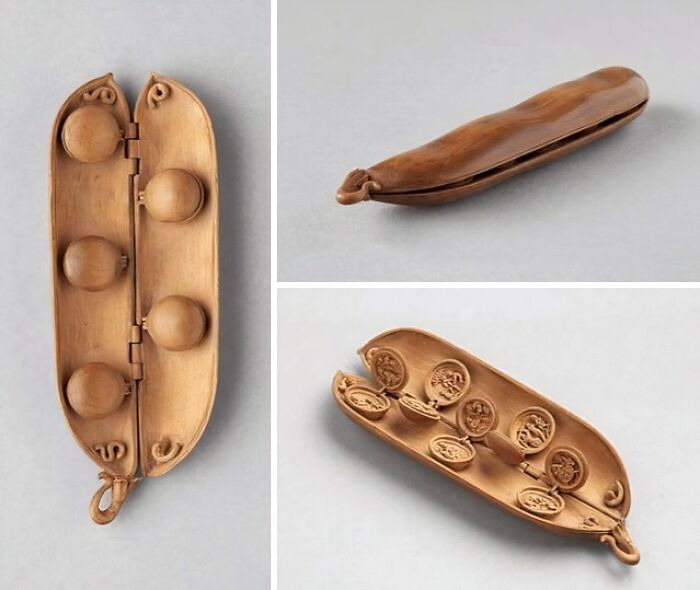
RELATED:

Archaeologists excavate areas in which ancient cultures lived and use the artifacts found there to learn about the past because many ancient cultures did not have a written language or did not actively record their history, so these finds sometimes provide the only clues about a particular group or site.For example, artifactshave providedessential information about life in ancient Egypt. There, people believed in an afterlife and buried the dead with things they would need after they left their bodies behind.As a result, the tombs of ancient Egypt provide a wealth of artifacts that give insight into the culture.
Archaeologists excavate areas in which ancient cultures lived and use the artifacts found there to learn about the past because many ancient cultures did not have a written language or did not actively record their history, so these finds sometimes provide the only clues about a particular group or site.
For example, artifactshave providedessential information about life in ancient Egypt. There, people believed in an afterlife and buried the dead with things they would need after they left their bodies behind.
As a result, the tombs of ancient Egypt provide a wealth of artifacts that give insight into the culture.
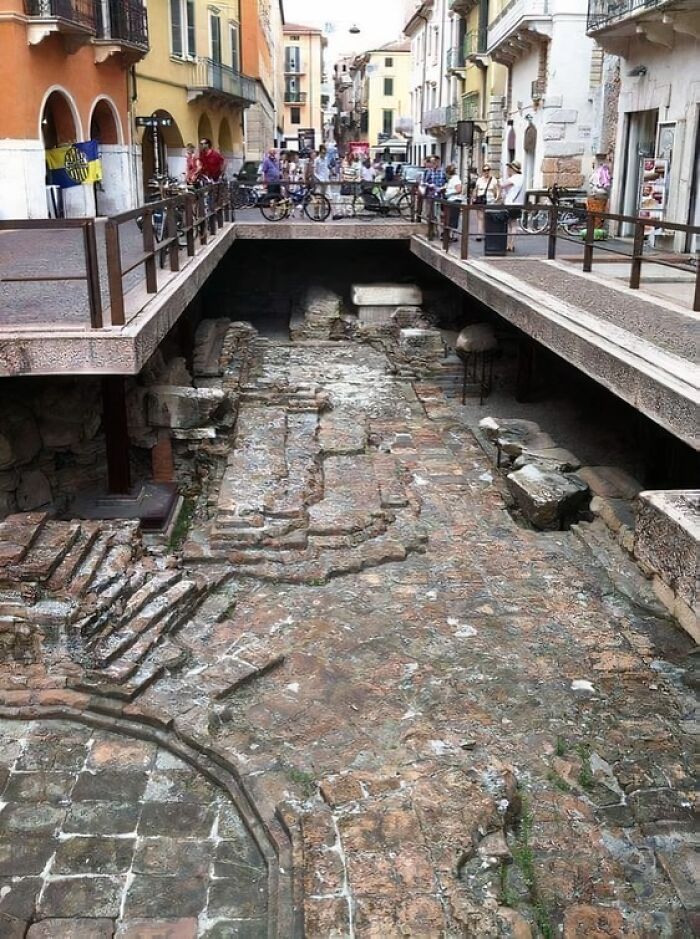
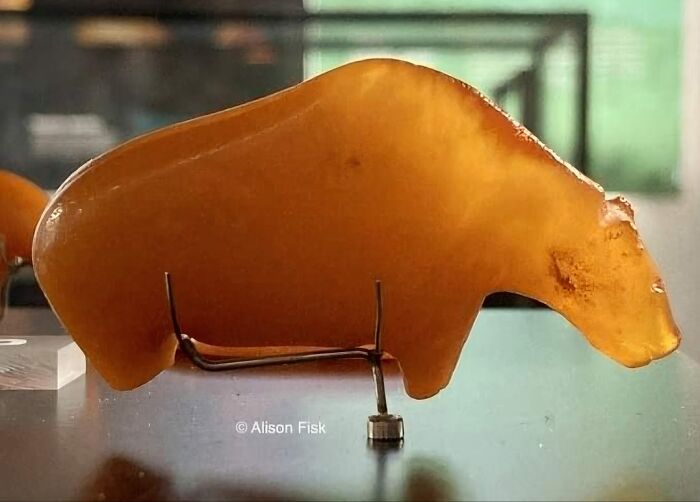
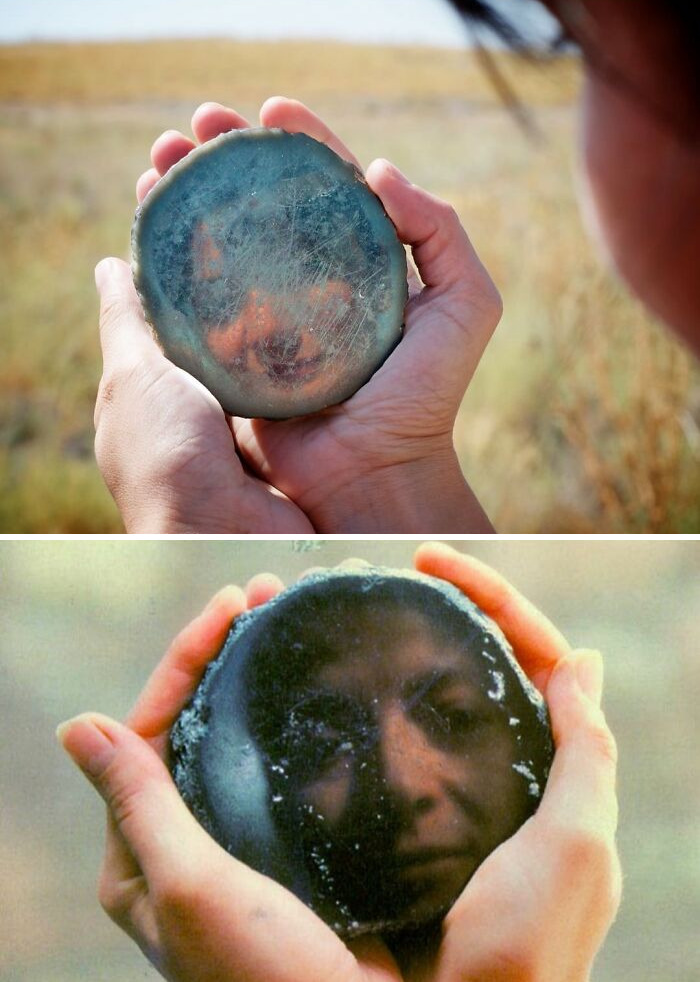
The tomb of King Tut is perhaps the most famous. In 1922, British archaeologist Howard Carter came upon the tomb of the Egyptian Pharaoh Tutankhamun, more commonly known as King Tut.His tomb had been undisturbed since he was buried around 1323 B.C.E. Murals on the wall of the tomb told of King Tut’s funeral and journey to the afterworld. The tomb also included more than 5,000 artifacts, including perfumes and oils, jewelry, statues, and toys from Tut’s childhood.Carter led a team of archaeologists in cataloging the items from King Tut’s tomb. This took them over a decade, but the artifacts continue to help historians better understand life in Egypt.
The tomb of King Tut is perhaps the most famous. In 1922, British archaeologist Howard Carter came upon the tomb of the Egyptian Pharaoh Tutankhamun, more commonly known as King Tut.
His tomb had been undisturbed since he was buried around 1323 B.C.E. Murals on the wall of the tomb told of King Tut’s funeral and journey to the afterworld. The tomb also included more than 5,000 artifacts, including perfumes and oils, jewelry, statues, and toys from Tut’s childhood.
Carter led a team of archaeologists in cataloging the items from King Tut’s tomb. This took them over a decade, but the artifacts continue to help historians better understand life in Egypt.
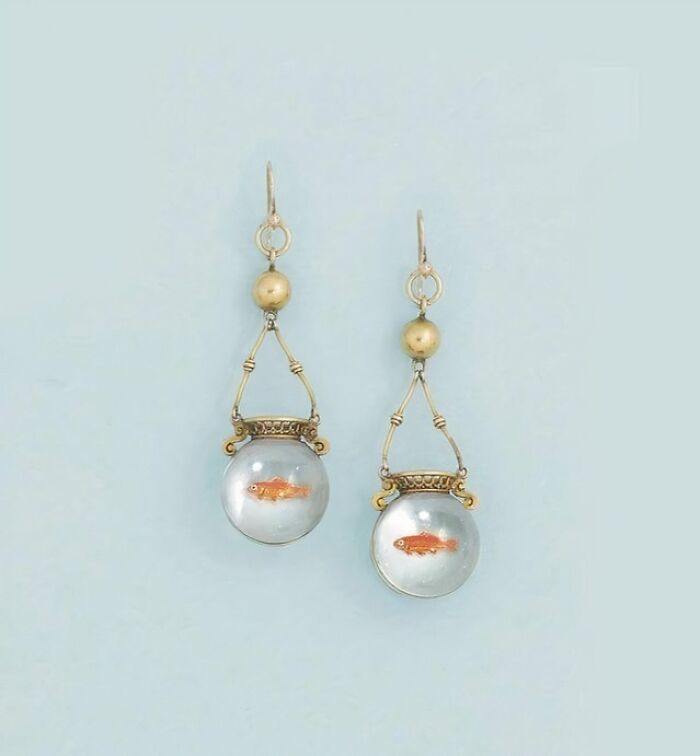
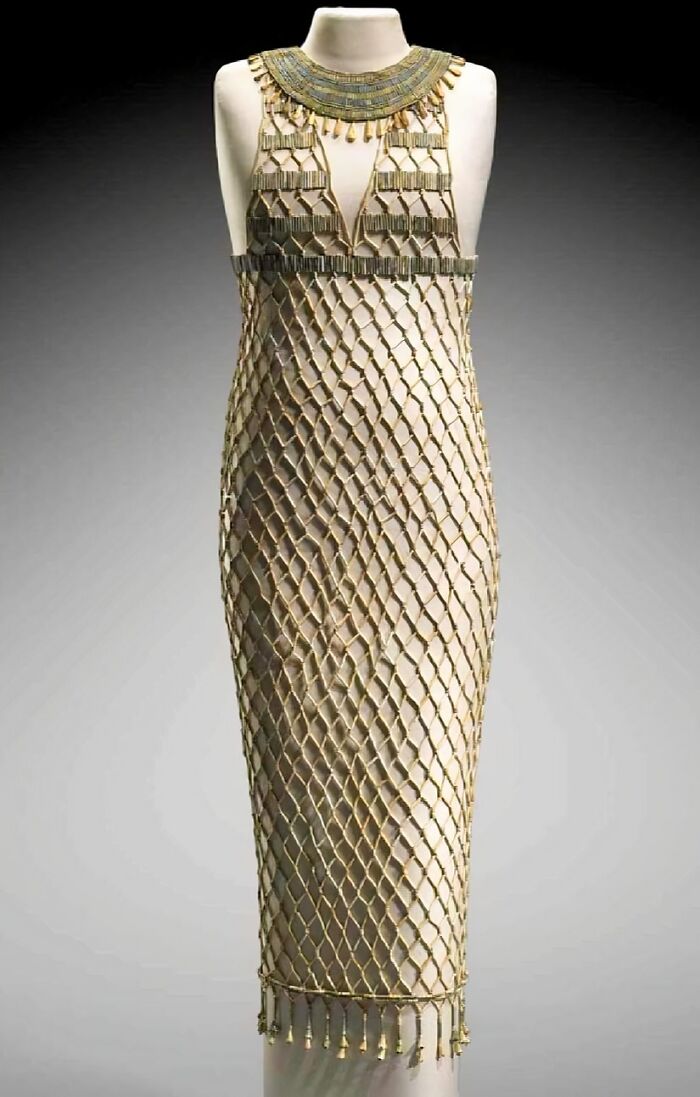
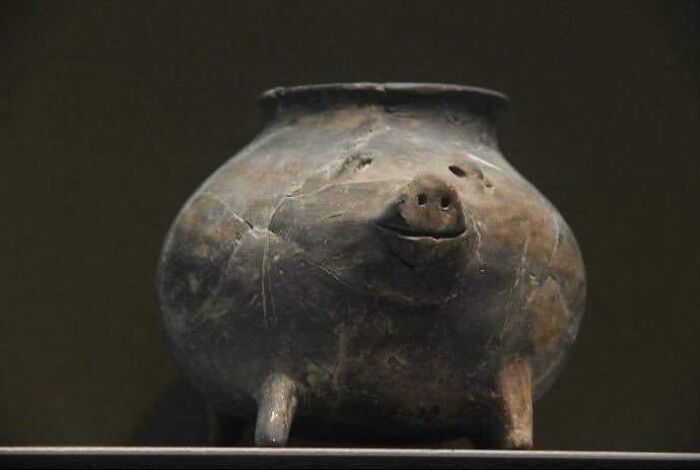
Even though specialists have a good grasp of what most historical objects were created for, every now and then they unearth a few exceptions.Take theneolithic stone ballsfor example. They were found predominantly in Scotland and date back to the later Neolithic period (circa BC 3,200-2,500).So far, more than 425 of these balls have been discovered. They are generally the size of a cricket ball and made from a wide variety of stones. Their surfaces are sculpted, sometimes into raised circular discs and sometimes with deep incisions defining knobs and lobes in high relief. Decoration takes the form of spirals or concentric shapes, echoing those found in pottery and monumental stones of the era.
Even though specialists have a good grasp of what most historical objects were created for, every now and then they unearth a few exceptions.
Take theneolithic stone ballsfor example. They were found predominantly in Scotland and date back to the later Neolithic period (circa BC 3,200-2,500).
So far, more than 425 of these balls have been discovered. They are generally the size of a cricket ball and made from a wide variety of stones. Their surfaces are sculpted, sometimes into raised circular discs and sometimes with deep incisions defining knobs and lobes in high relief. Decoration takes the form of spirals or concentric shapes, echoing those found in pottery and monumental stones of the era.
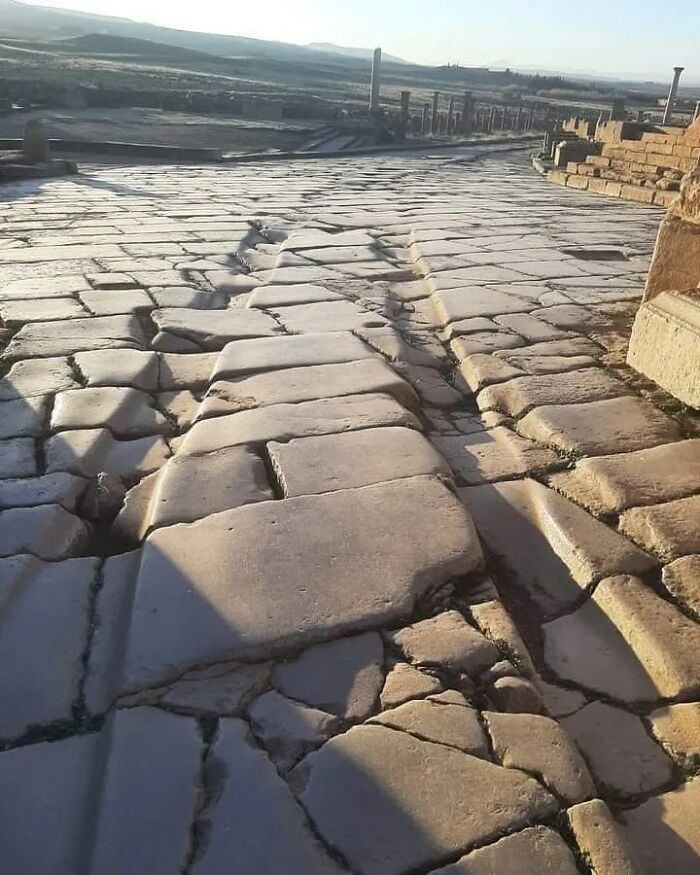
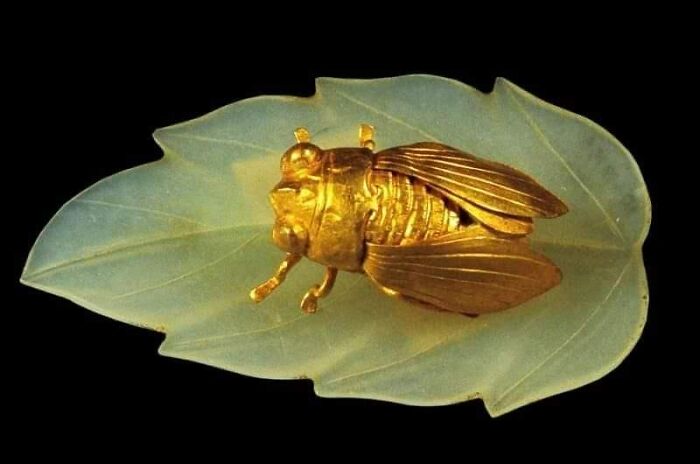
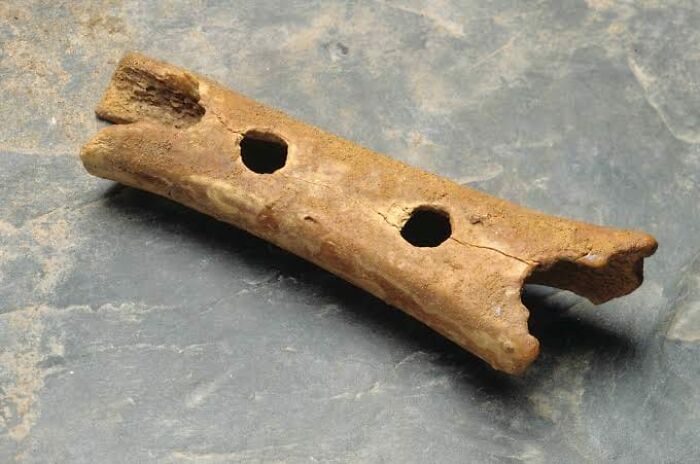
Some have been found in burials, others in settlements, and they are rarely, if ever, identical. Most are also found alone, so don’t seem to have been part of a set. Some appear to have been heavily handled during their lifetime.The original use of these stone balls has been a source of much debate, right back to their earliest discovery in the 19th century. It doesn’t help that many were chance finds or circulated with little provenance in art collections and have rarely showed up in an archaeological context.
Some have been found in burials, others in settlements, and they are rarely, if ever, identical. Most are also found alone, so don’t seem to have been part of a set. Some appear to have been heavily handled during their lifetime.
The original use of these stone balls has been a source of much debate, right back to their earliest discovery in the 19th century. It doesn’t help that many were chance finds or circulated with little provenance in art collections and have rarely showed up in an archaeological context.
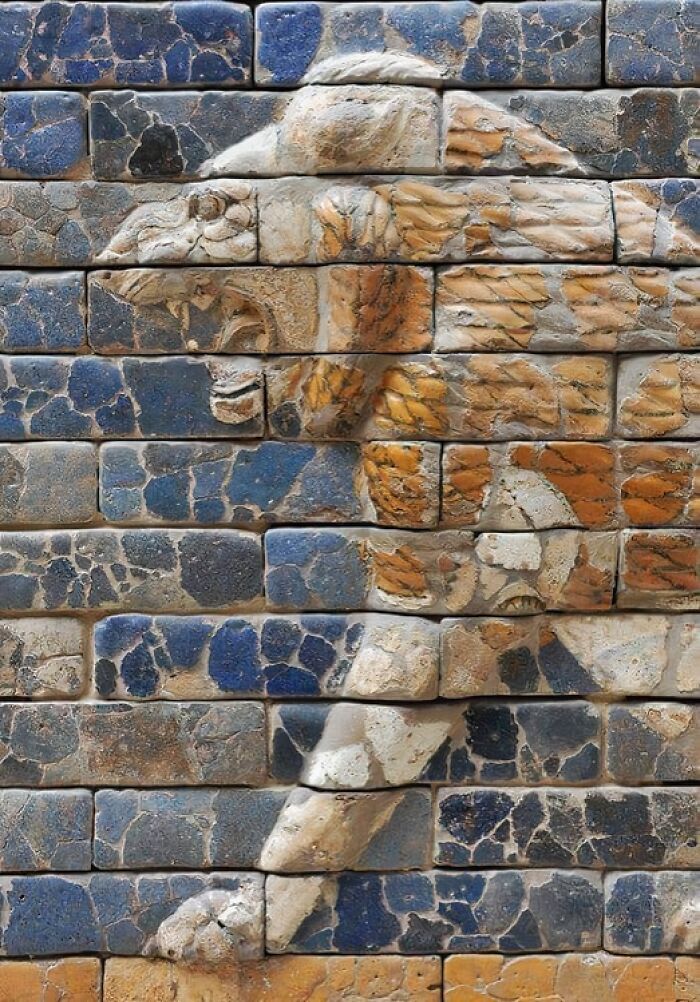
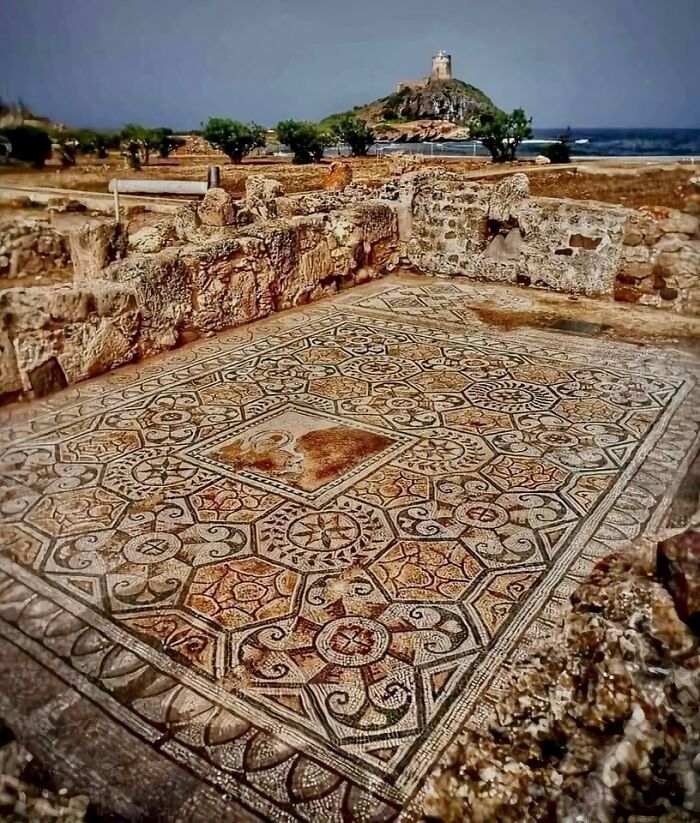

“Were these stones missiles for deterring predators and pests?“asksNatasha Harlow, an honorary research fellow at the Department of Classics and Archaeology, University of Nottingham. “Weapons of war? Toys? Or perhaps measuring weights, household ornaments, mnemonic devices, and ball bearings to move megaliths or holders for yarn? The answer still escapes us.”
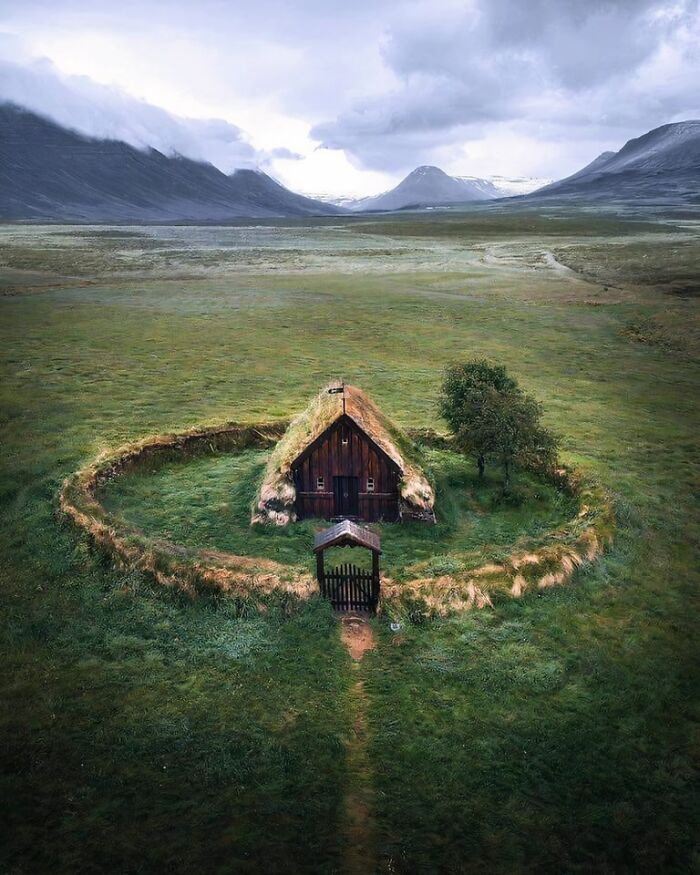

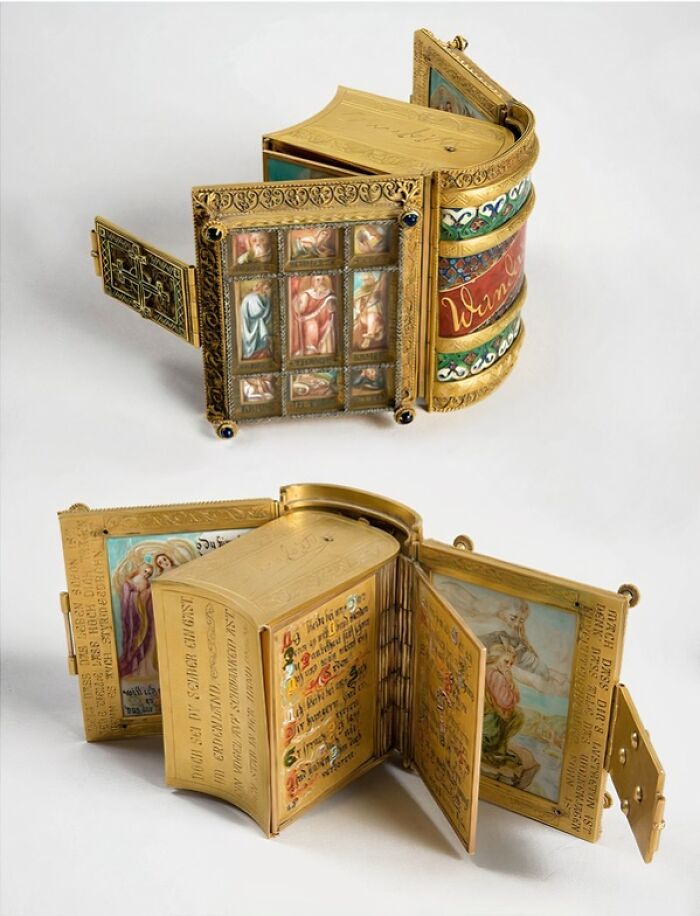
Another mysterious example is the bronze age “lock-rings.” The period was a time of exceptional craftsmanship, and highly decorative personal ornaments were made from gold sheets and wire.These small penannular (open) ringsdate from the late bronze age (circa BC 1,000-800) and are found in Ireland, Britain, and parts of France.They are frequently unearthed in matching pairs and can be plain or have delicate, geometric engravings.
Another mysterious example is the bronze age “lock-rings.” The period was a time of exceptional craftsmanship, and highly decorative personal ornaments were made from gold sheets and wire.
These small penannular (open) ringsdate from the late bronze age (circa BC 1,000-800) and are found in Ireland, Britain, and parts of France.
They are frequently unearthed in matching pairs and can be plain or have delicate, geometric engravings.

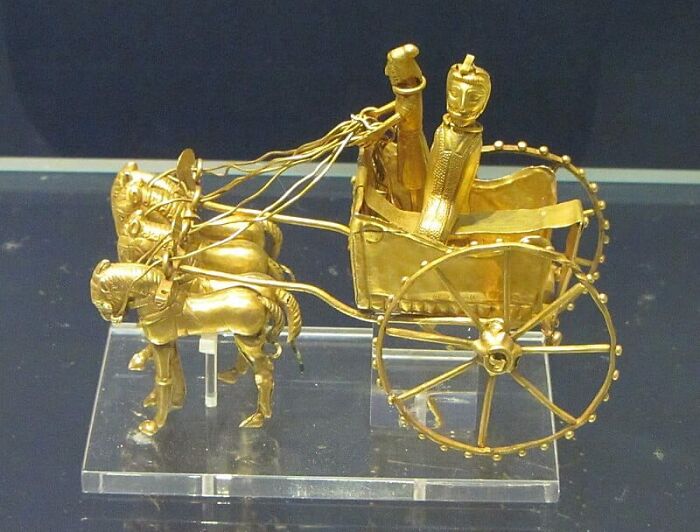
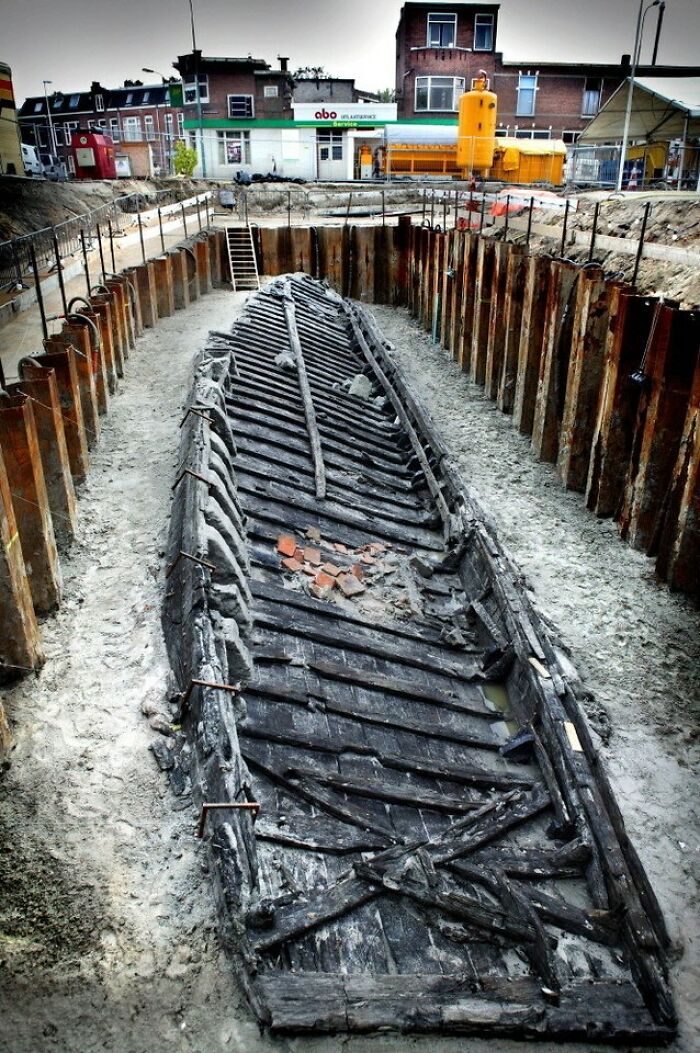
“Recent interpretations have suggested they could have been nose rings, earrings, or hair ornaments,” Harlow explains. But, “none of these explanations is terribly satisfactory, as various elements of their design would make the rings difficult or uncomfortable to wear.What we lack is context – likethe recent discoveriesat Boncuklu Tarla, in Turkey, of burials with facial jewelry found close to skulls.
“Recent interpretations have suggested they could have been nose rings, earrings, or hair ornaments,” Harlow explains. But, “none of these explanations is terribly satisfactory, as various elements of their design would make the rings difficult or uncomfortable to wear.
What we lack is context – likethe recent discoveriesat Boncuklu Tarla, in Turkey, of burials with facial jewelry found close to skulls.
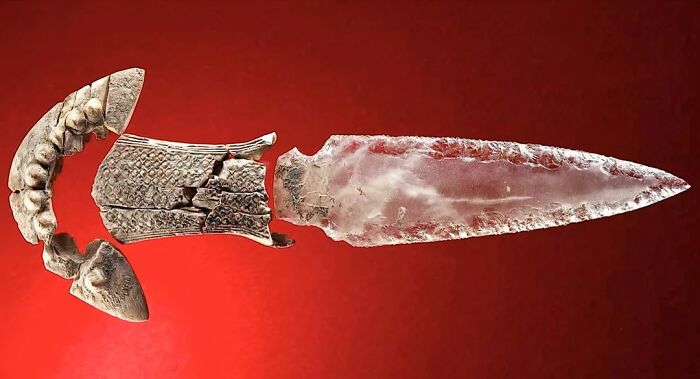
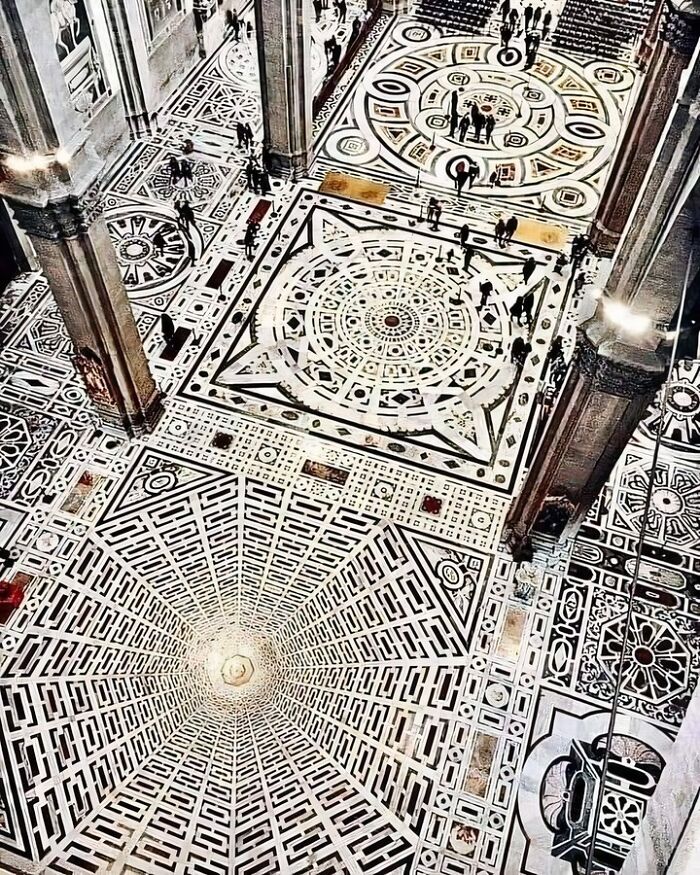

Not to mention looting — some people dig up artifacts from sites and they end up in private collections before they are able to be excavated and analyzed using formal scientific principles.Hopefully, we’ll grow more aware of the need to protect our history, and we’ll see more cool discoveries on ‘Ancient Marvels Of Mankind.’
Not to mention looting — some people dig up artifacts from sites and they end up in private collections before they are able to be excavated and analyzed using formal scientific principles.
Hopefully, we’ll grow more aware of the need to protect our history, and we’ll see more cool discoveries on ‘Ancient Marvels Of Mankind.’
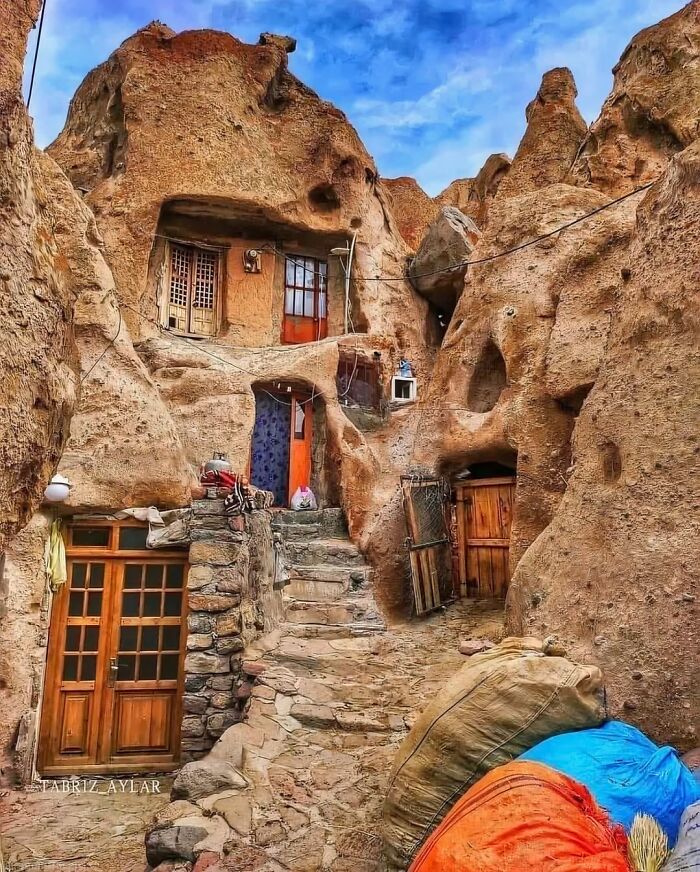
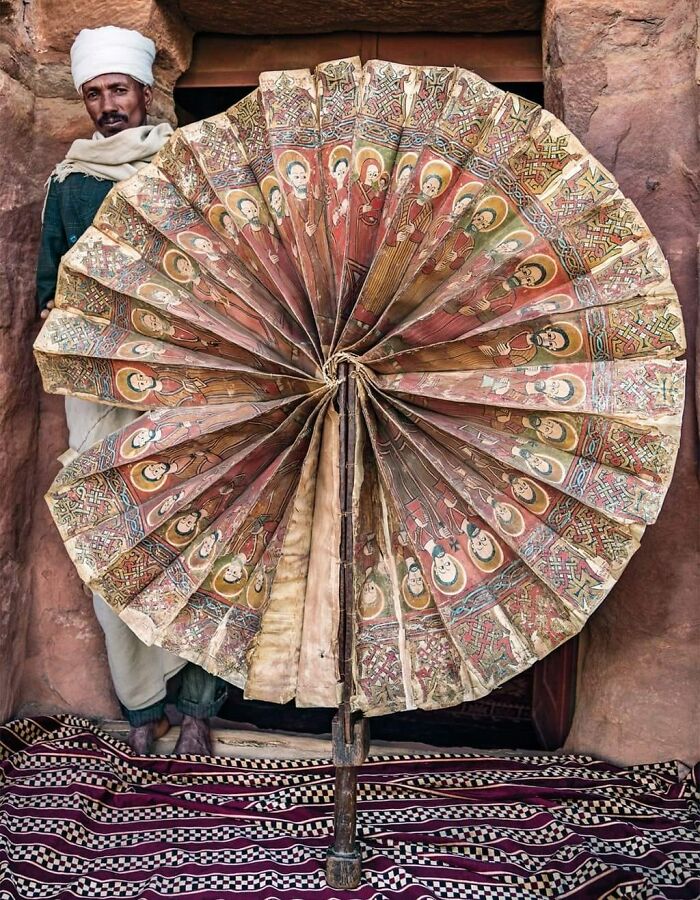
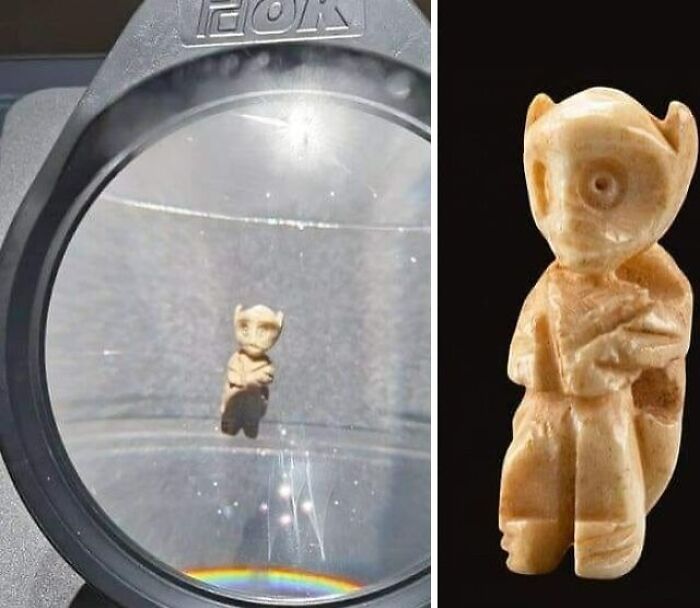
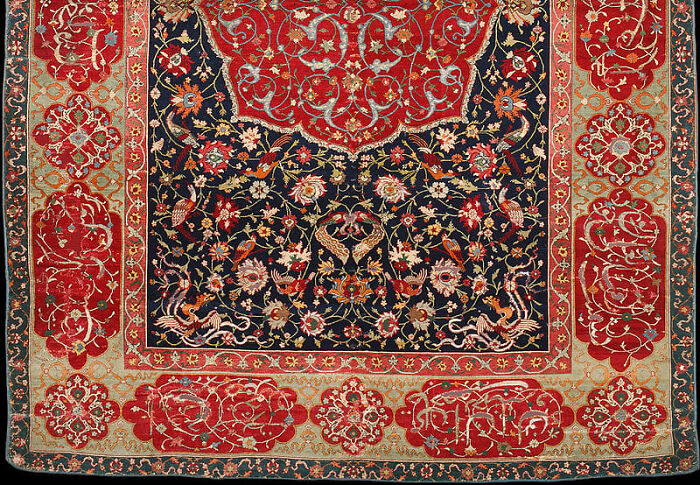
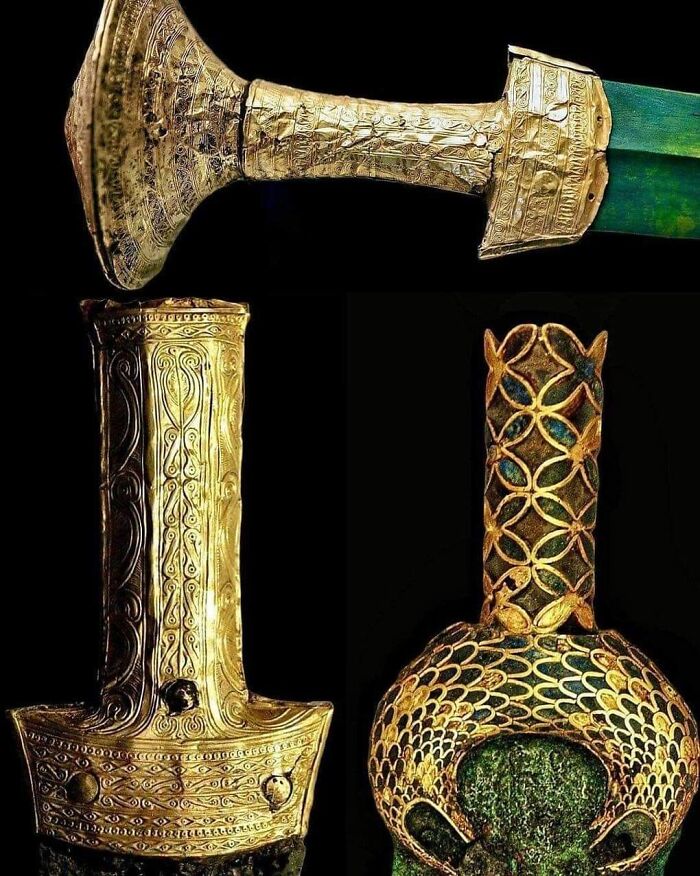
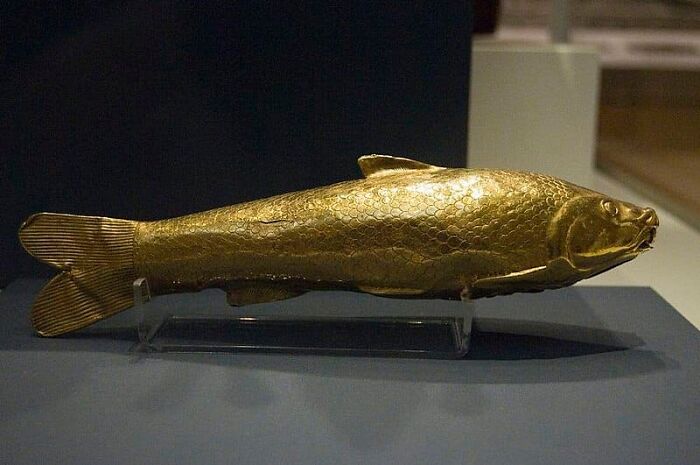
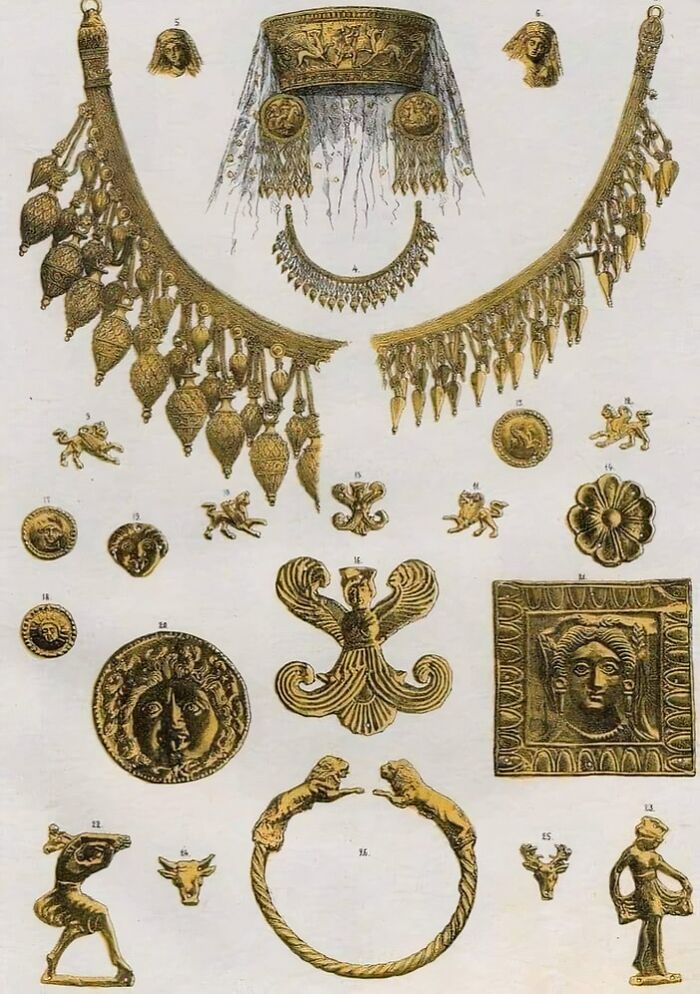
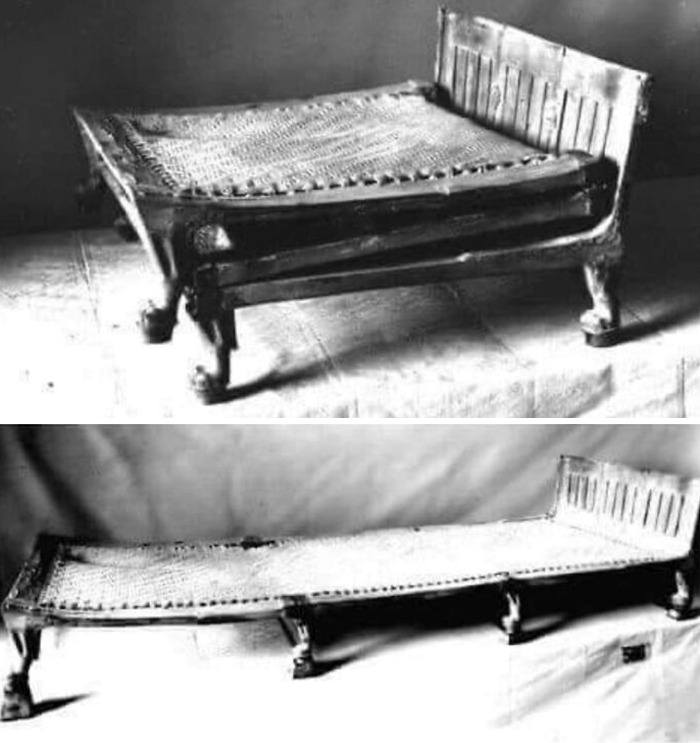

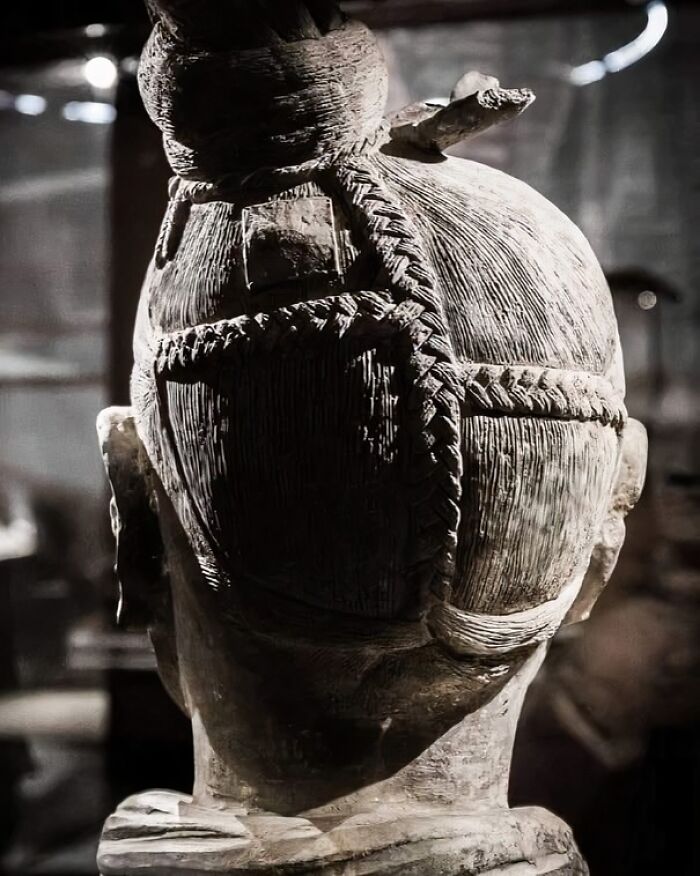
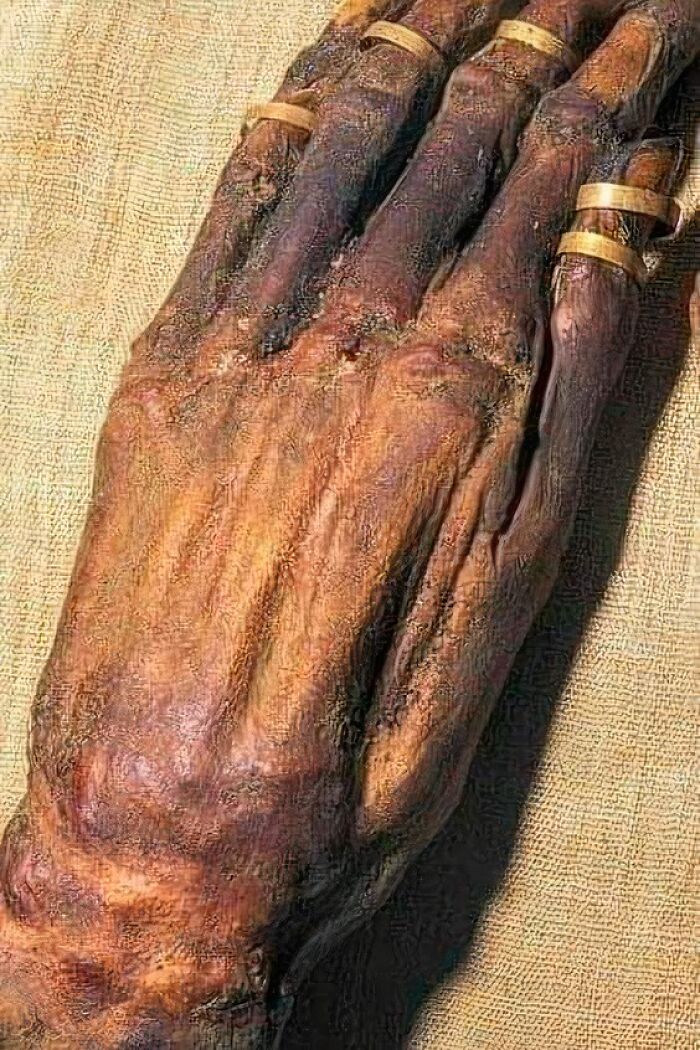
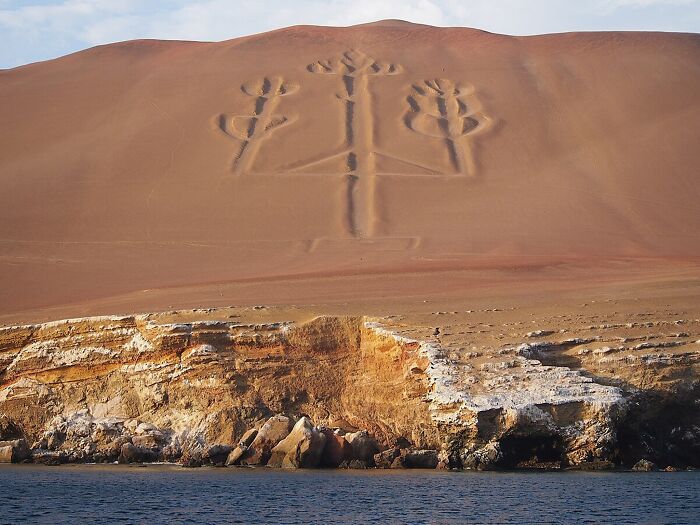
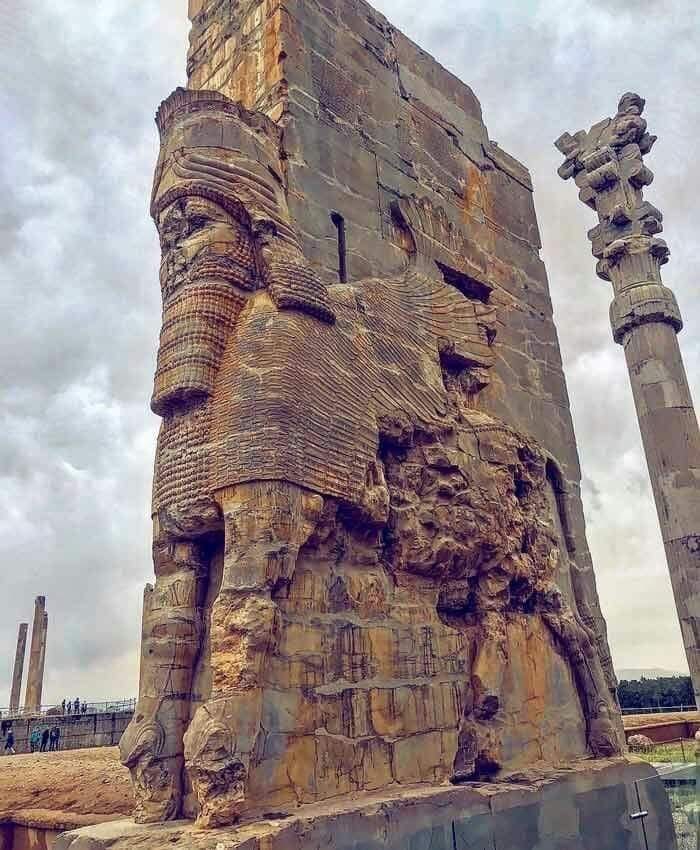
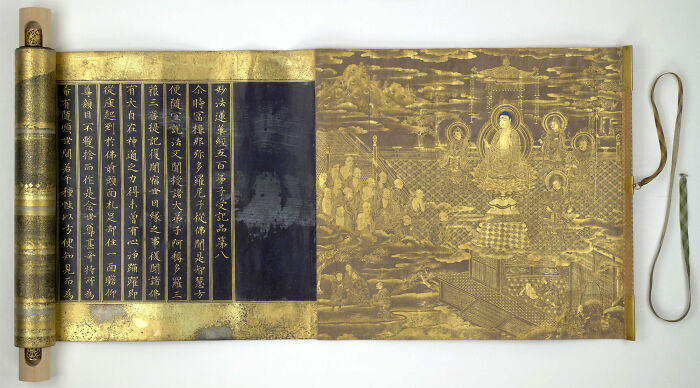
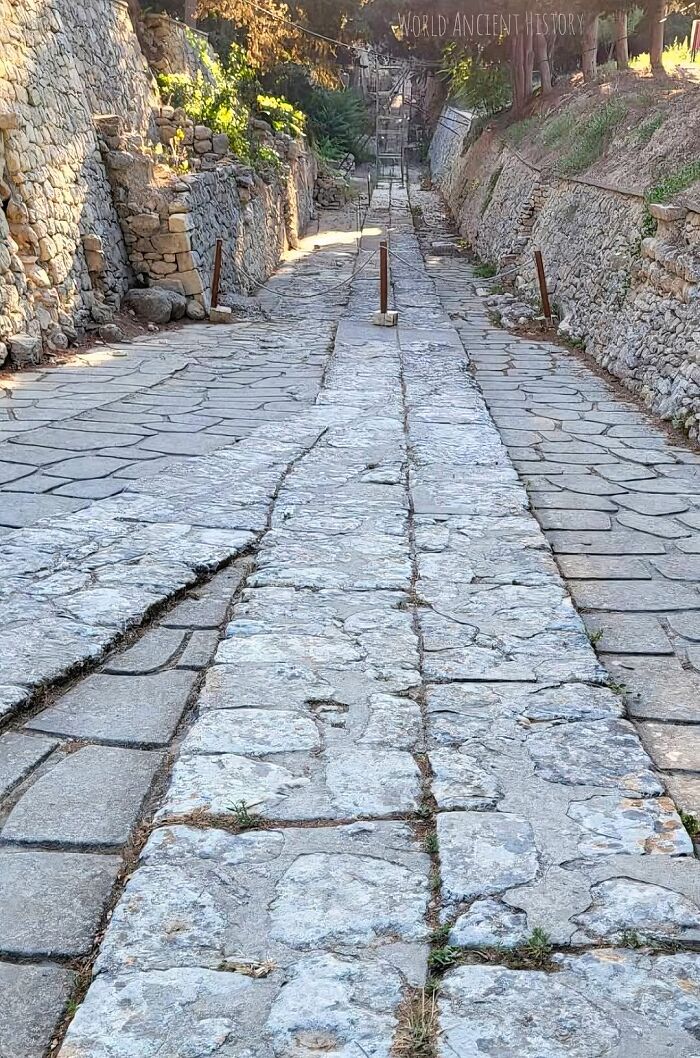
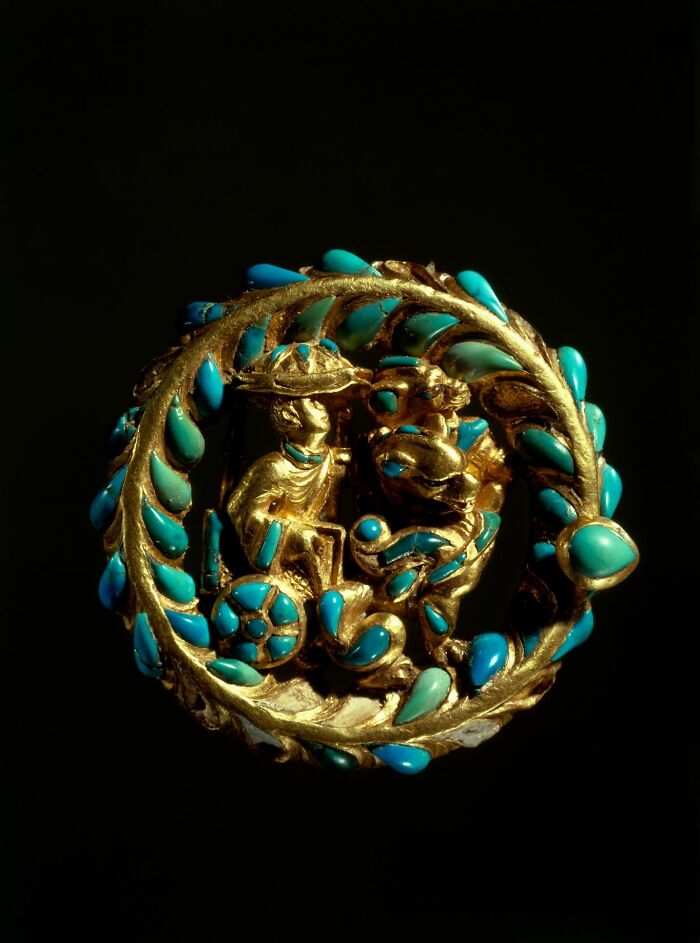
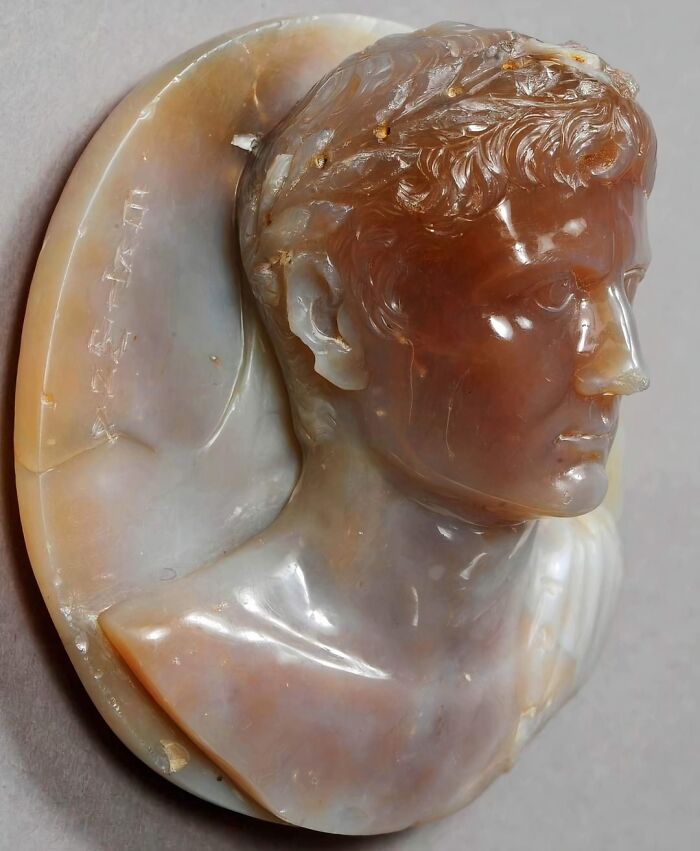
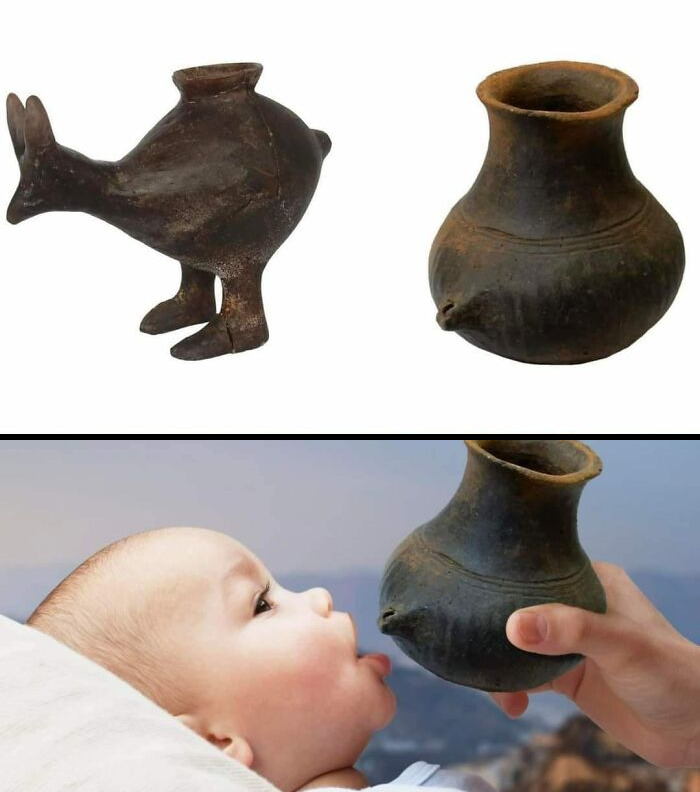


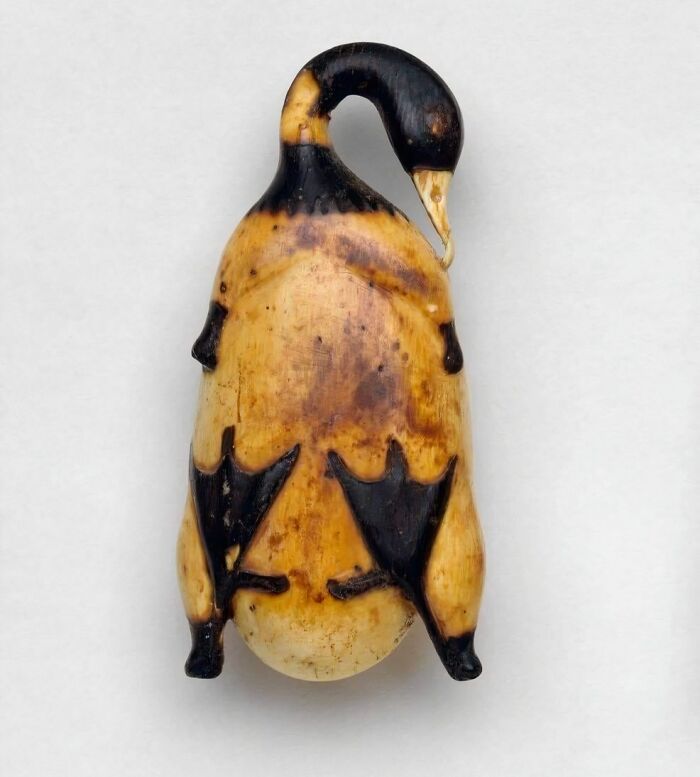
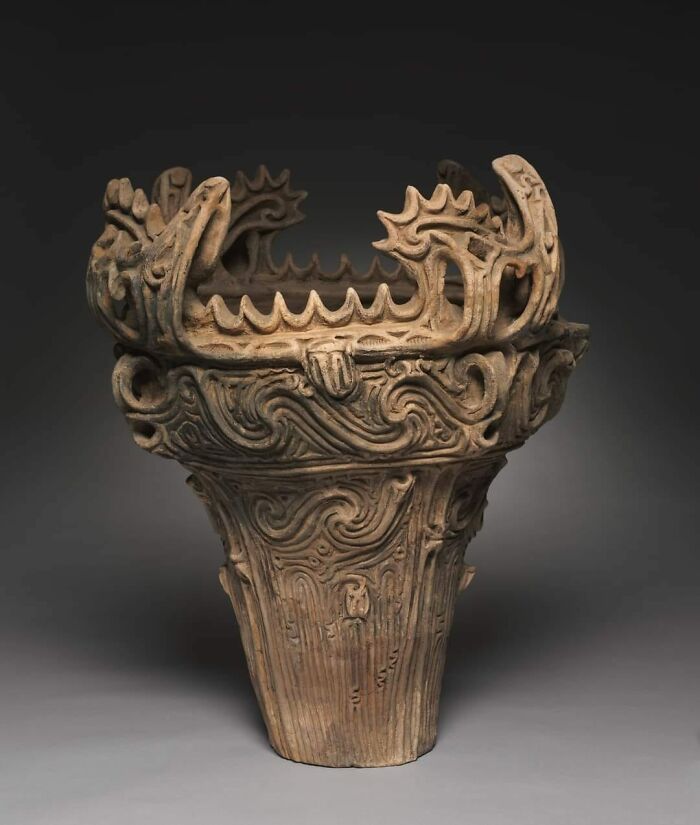
See Also on Bored Panda
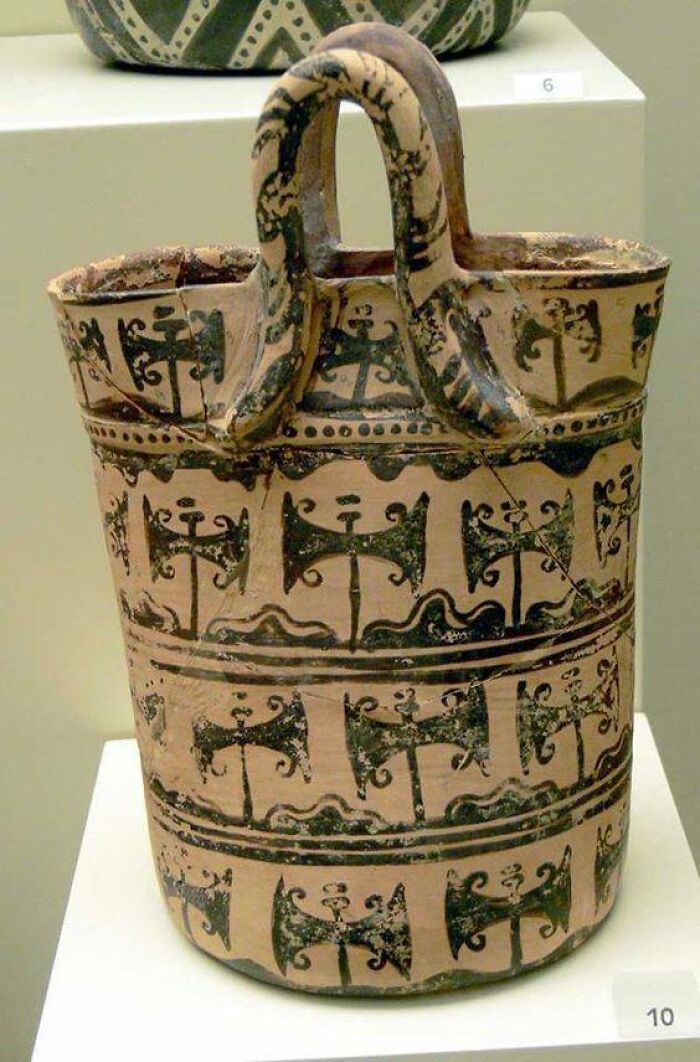
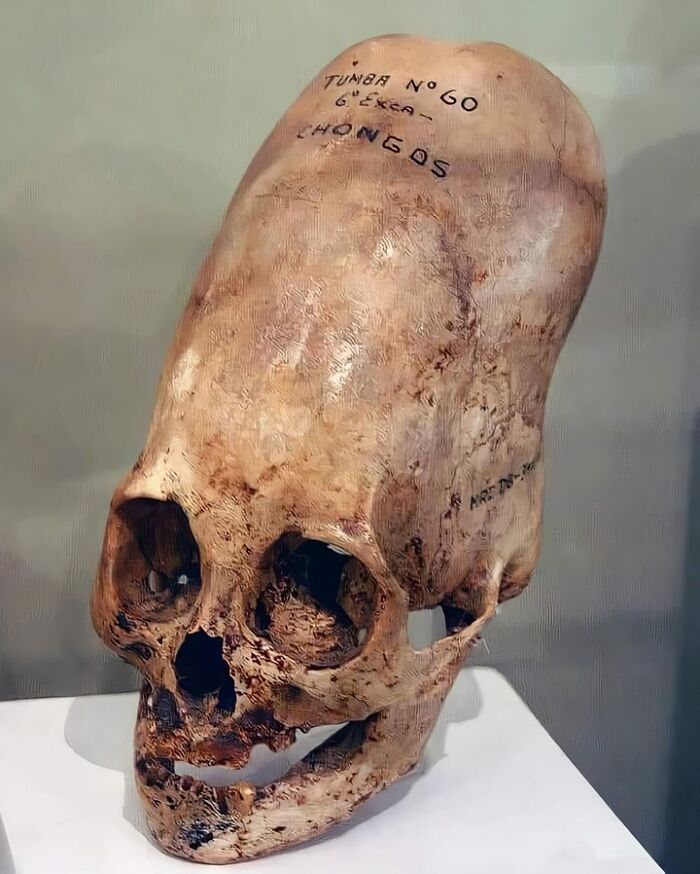
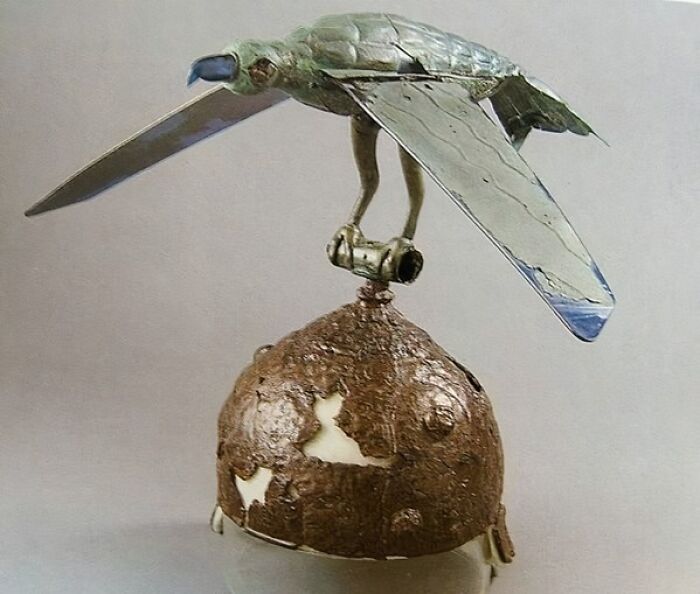
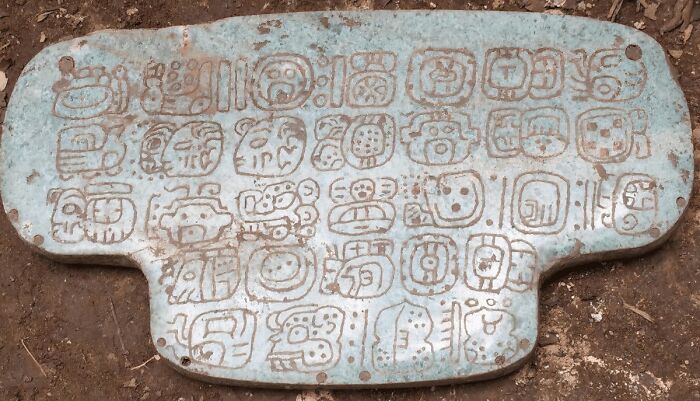
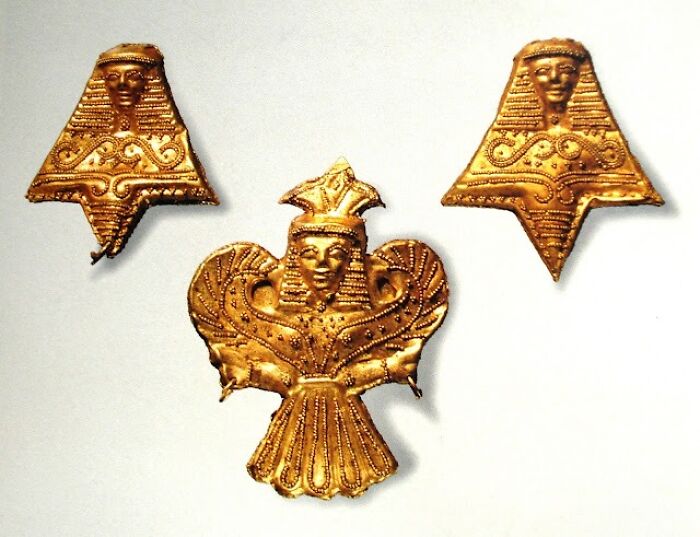
Continue reading with Bored Panda PremiumUnlimited contentAd-free browsingDark modeSubscribe nowAlready a subscriber?Sign In
Continue reading with Bored Panda Premium
Unlimited contentAd-free browsingDark mode
Unlimited content
Ad-free browsing
Dark mode
Subscribe nowAlready a subscriber?Sign In





























Modal closeAdd New ImageModal closeAdd Your Photo To This ListPlease use high-res photos without watermarksOoops! Your image is too large, maximum file size is 8 MB.Not your original work?Add sourcePublish
Modal close
Add New ImageModal closeAdd Your Photo To This ListPlease use high-res photos without watermarksOoops! Your image is too large, maximum file size is 8 MB.Not your original work?Add sourcePublish
Modal closeAdd Your Photo To This ListPlease use high-res photos without watermarksOoops! Your image is too large, maximum file size is 8 MB.Not your original work?Add sourcePublish
Add Your Photo To This ListPlease use high-res photos without watermarksOoops! Your image is too large, maximum file size is 8 MB.
Add Your Photo To This List
Please use high-res photos without watermarks
Ooops! Your image is too large, maximum file size is 8 MB.
Not your original work?Add source
Modal closeModal closeOoops! Your image is too large, maximum file size is 8 MB.UploadUploadError occurred when generating embed. Please check link and try again.TwitterRender conversationUse html versionGenerate not embedded versionAdd watermarkInstagramShow Image OnlyHide CaptionCropAdd watermarkFacebookShow Image OnlyAdd watermarkChangeSourceTitleUpdateAdd Image
Modal closeOoops! Your image is too large, maximum file size is 8 MB.UploadUploadError occurred when generating embed. Please check link and try again.TwitterRender conversationUse html versionGenerate not embedded versionAdd watermarkInstagramShow Image OnlyHide CaptionCropAdd watermarkFacebookShow Image OnlyAdd watermarkChangeSourceTitleUpdateAdd Image
Upload
UploadError occurred when generating embed. Please check link and try again.TwitterRender conversationUse html versionGenerate not embedded versionAdd watermarkInstagramShow Image OnlyHide CaptionCropAdd watermarkFacebookShow Image OnlyAdd watermark
Error occurred when generating embed. Please check link and try again.
TwitterRender conversationUse html versionGenerate not embedded versionAdd watermark
InstagramShow Image OnlyHide CaptionCropAdd watermark
FacebookShow Image OnlyAdd watermark
ChangeSourceTitle
History